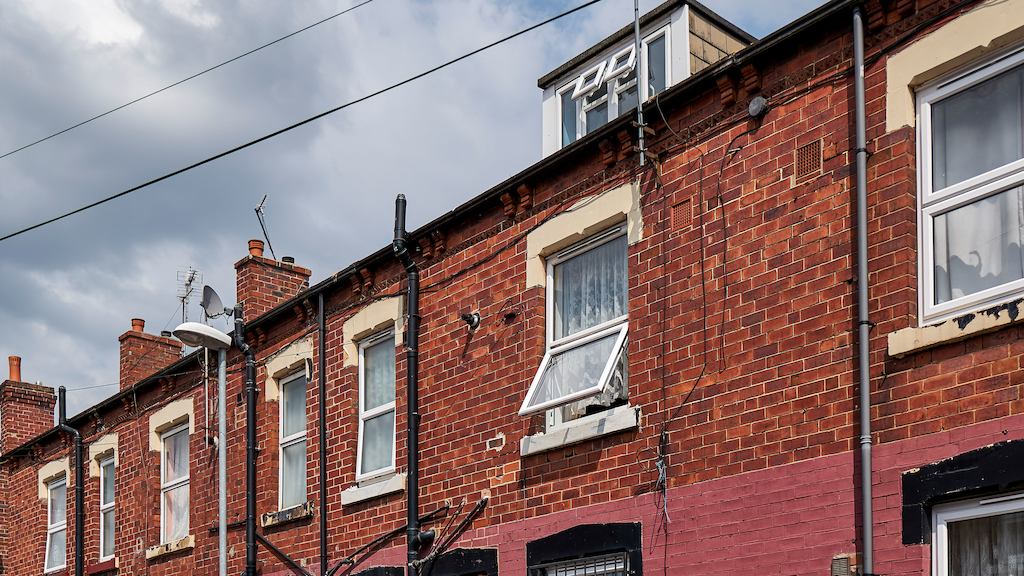“This latest data shows that millions of older people are now facing significant struggles with the cost of living and the numbers are growing steadily as we head into winter.
“The government has offered unprecedented levels of support to help people meet their energy costs but such is the scale of the crisis, today’s data indicates that this short term support still doesn’t go far enough with people still cutting back on energy use and still facing significant financial concerns.
“Sky-high living costs are affecting all age groups across the country with different generations each facing particular challenges. But the data shows older people are finding the crisis more challenging than other age groups.
“The cost of energy is forcing many older people to significantly limit how much they heat their homes. But as temperatures plummet to as low as -10C, these choices are likely to have sharp health consequences. Around 10,000 people died in cold homes in previous winters when the cost of energy was nowhere near as high as now.
“People are paying with their health and lives as a result of the lack of investment to ensure that our nation’s homes are warm and safe. We have been found ill-prepared for this, or future winter crises and the impact on our ageing population. But significant and large-scale action taken now could help to ensure that we avoid a repeat of this situation in winters to come.
“A national retrofit programme would tackle the roots causes of this crisis – our country’s inefficient housing stock. To effectively deliver this programme, every community should have an independent, one-stop-shop offering trusted advice and support to help people make their homes warmer and safer.
“Bringing the standard of the nation’s housing up and the cost of energy bills down will benefit people of all age groups across the country. But for those most at-risk from unsafe homes, people who are poorer, older or Disabled, it could mean the difference between life or death.”

